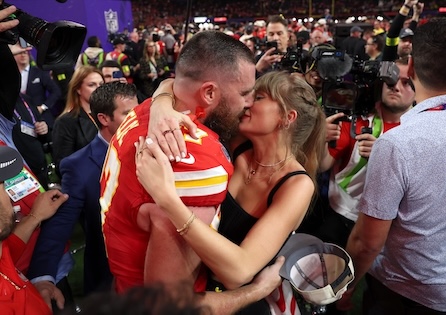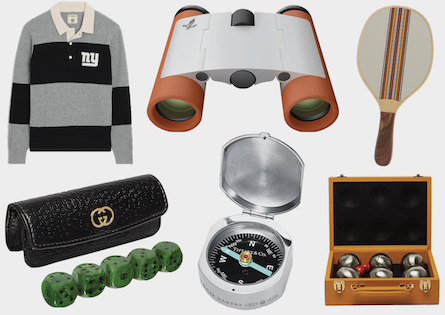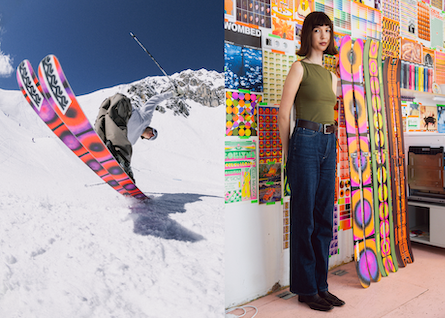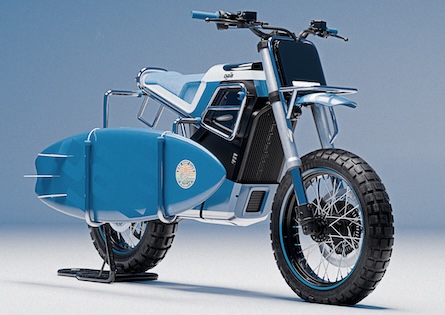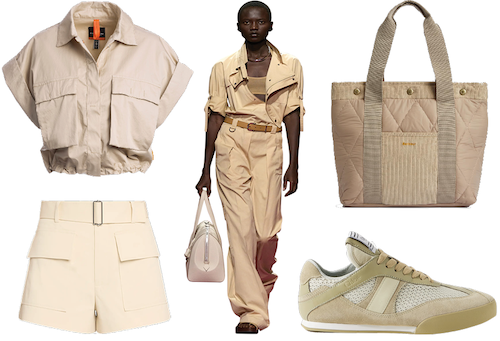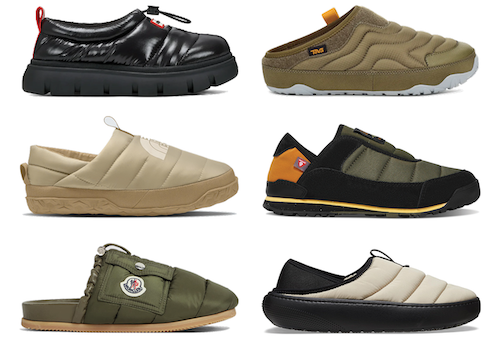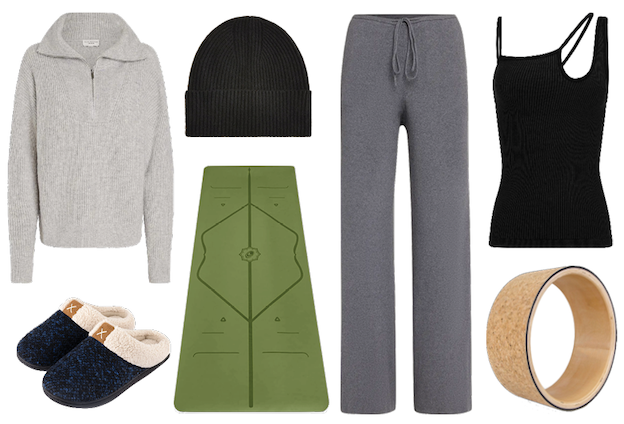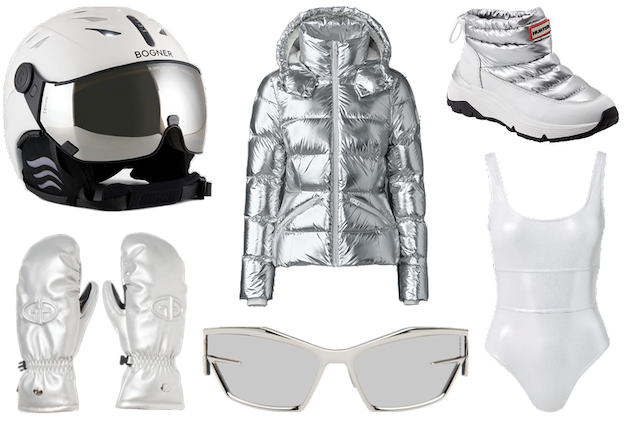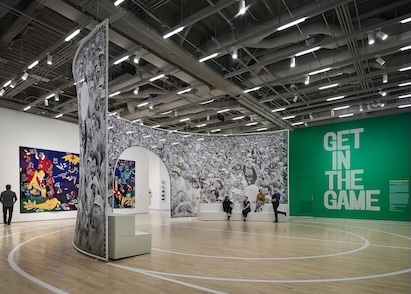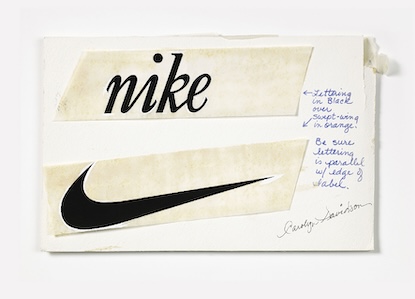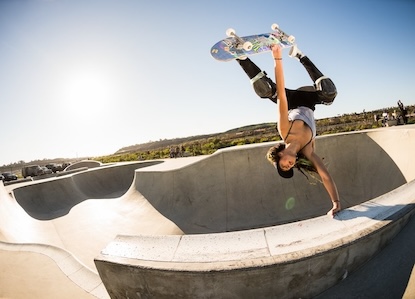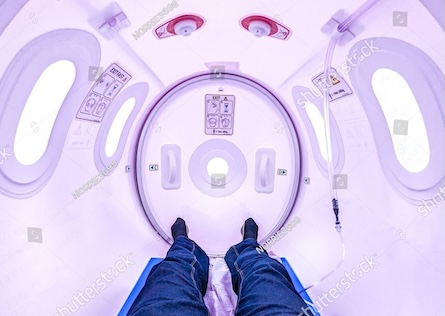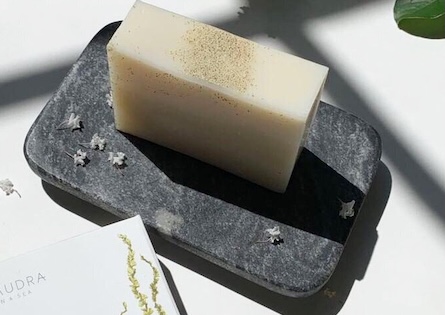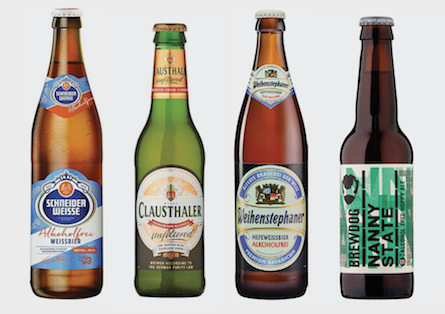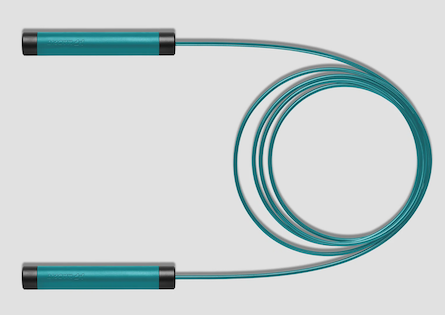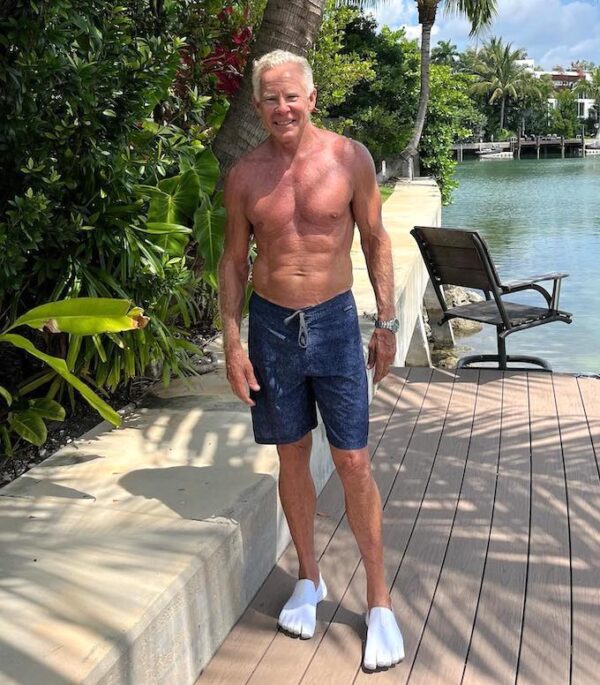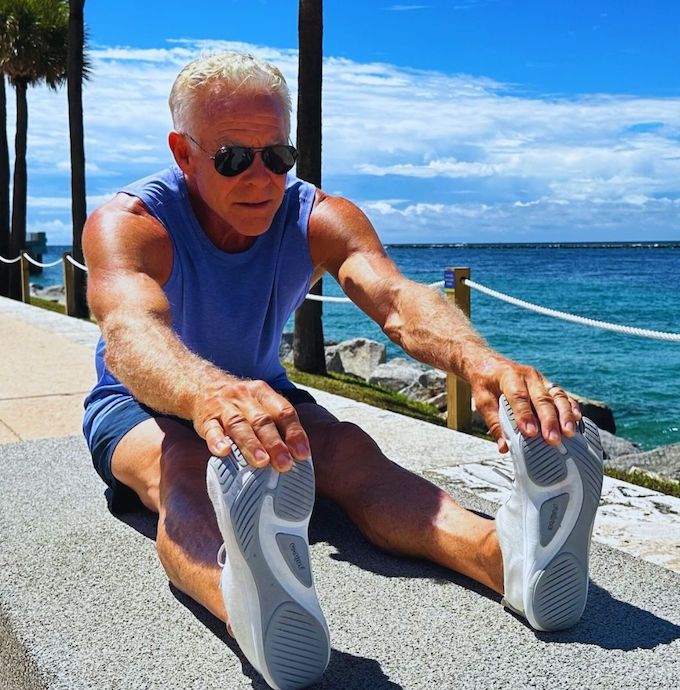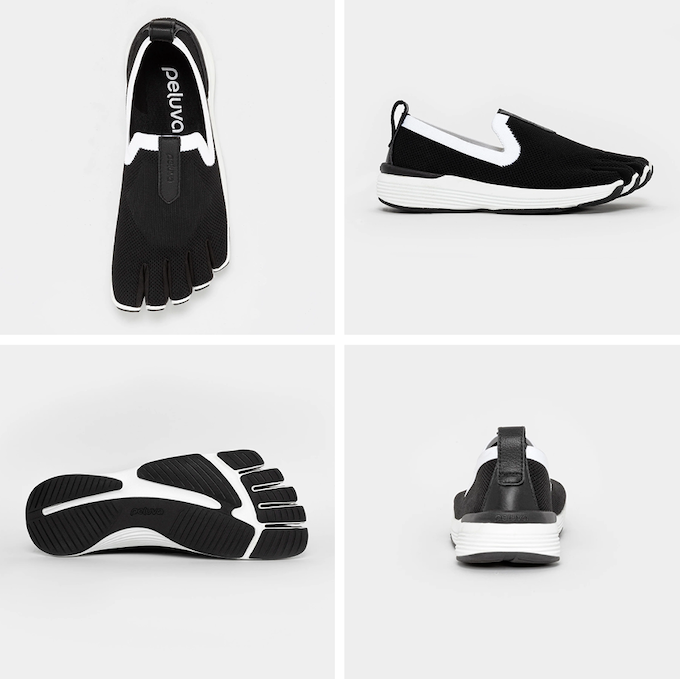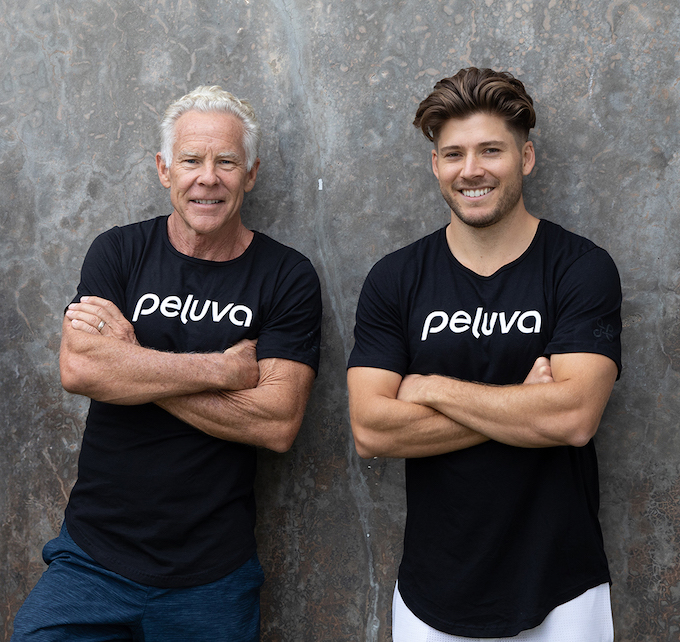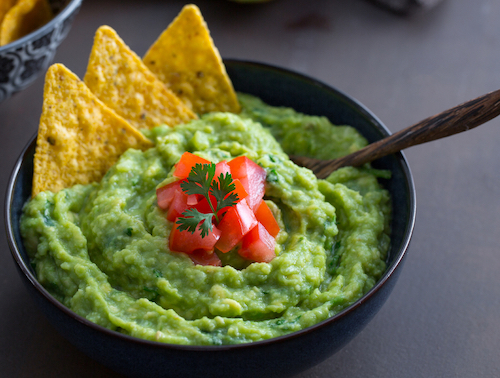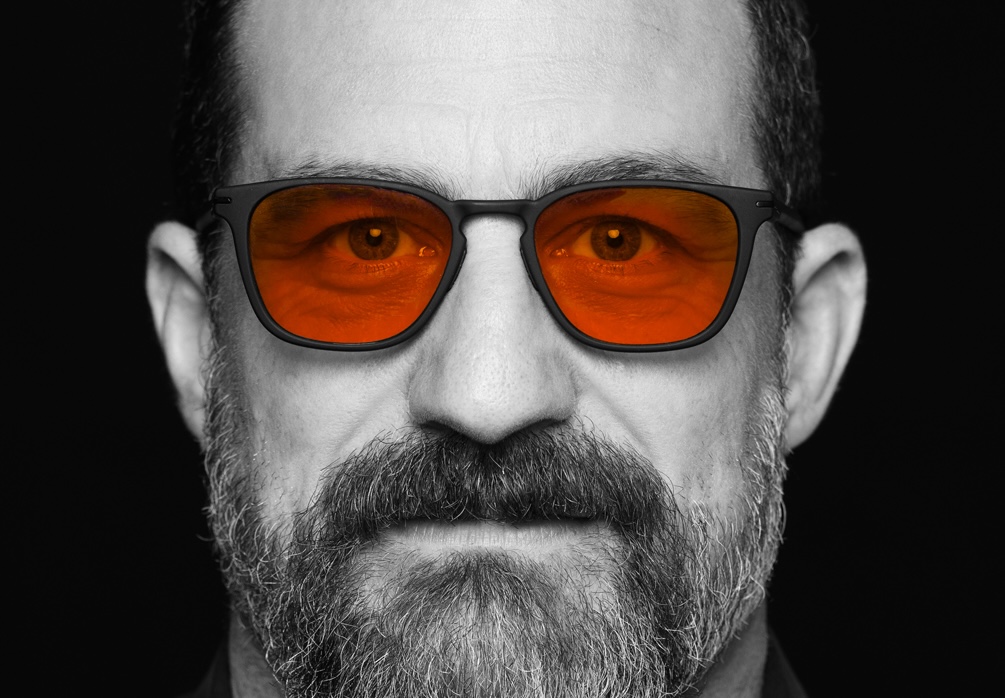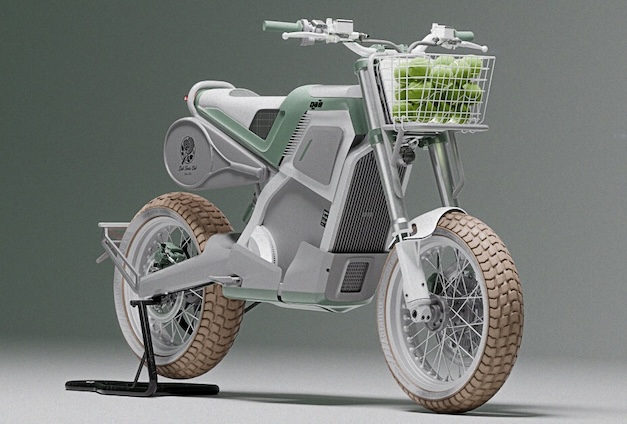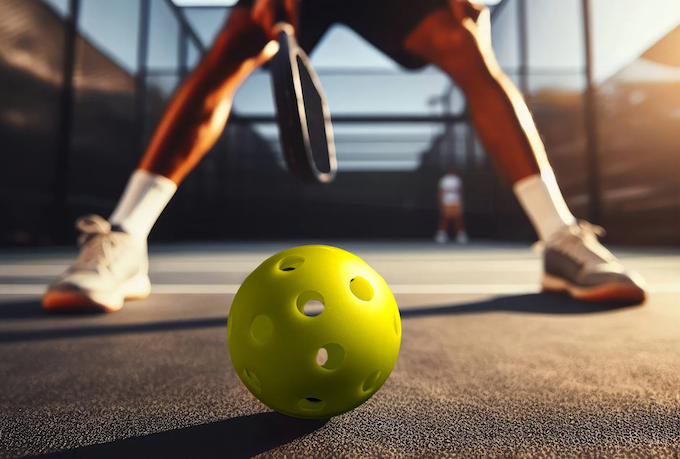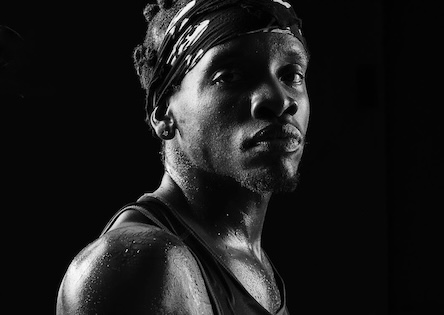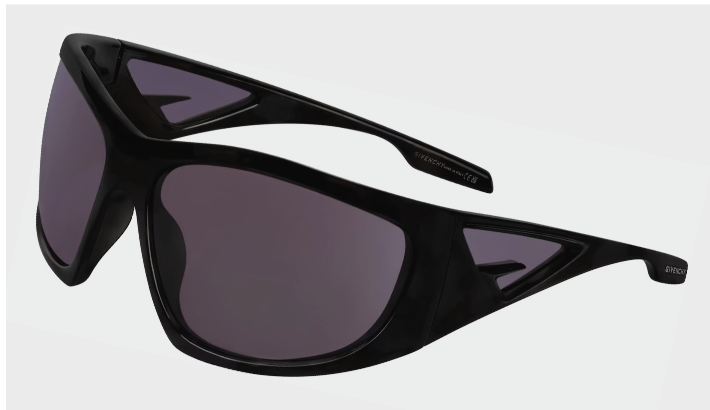MARK SISSON IN HIS PELUVAS
I first met Mark Sisson in 2016 at The XPT Experience, a 3-day immersive sports performance clinic programmed with workouts and lectures on the cutting-edge training, nutrition, and recovery practices of top elite and professional athletes. XPT was founded by famed big wave surfer Laird Hamilton and his wife, former pro volleyball player Gabby Reece. One of the guest speakers that particular XPT was Mark Sisson, creator of The Primal Blueprint and a line of paleo/keto products called Primal Kitchen.
Sisson began his journey as a competitive endurance athlete, and has evolved into a world-renowned authority on optimal health, fitness, and performance. The Primal Blueprint was published in 2009 and essentially put the Paleo diet on the map. This groundbreaking primer adapted the lifestyle practices of our hunter-gatherer ancestors to a modern-day nutritional program. His blog MarksDailyApple, launched in 2006, became recognized as the primary resource for information on ancestral health, and Sisson has written several best-selling books based on the ancestral diet and lifestyle.
The “Primal” or Paleo diet is high in protein and healthy fats; low in carbohydrates; and specifically eliminates certain food groups like grains, legumes, dairy, sugar, and anything else that were not available in Paleolithic ancestral times. As a result our bodies learn to burn fat for fuel, our own supply as a bonus, instead of carbohydrates. Paleo and the similar high protein/low carb Keto diet, exploded in popularity with the health and weight loss benefits people experienced — as did Primal Kitchen, Sisson’s line of supplements and condiments that made this way of eating taste delicious. Primal Kitchen was purchased in 2019 by Heinz for approximately $200 million looking to capitalize on this trend.
Sisson has recently embarked on a new venture. You will likely remember the Vibram FiveFingers sneakers – five-toe really — that became the rage after the publication of the 2009 bestselling book Born to Run, about a tribe of super athletes, Mexico’s Tarahumara Indians, who introduced barefoot running to the masses. Minimal sneakers like Vibram, Vivo, and other brands that tried to mimic barefoot running had no cushioning or arch support, and zero heel drop. You had to have perfect form to run in them, landing on your mid or forefoot. You couldn’t be a heel striker, the way many of us run and can get away with in a cushioned shoe, and thousands started getting injured.
“It’s a faulty narrative that we were born to run. We were born to be able to run, but we were not born to run metronomically, a 6-minute, 8-minute mile, day in, day out. We were born to walk.”
As part of his continued quest for optimal health and performance, Sisson has long been obsessed with shoes and foot health. He was an early proponent of barefoot living and the minimalist shoe movement. He now wears Peluvas, the line he launched about a year ago with his son Kyle, with the sole purpose of creating attractive and comfortable shoes that address the four pillars of the best minimalist shoes: zero drop from heel to toe, increased flexibility, a wide toe box, and thinner soles. The goal with Peluva is to reinvent the category. Says Sisson, “Our mission is to improve the way the world moves. We’re trying to do it with a new approach to minimalist footwear.”
Sisson has always been an educator. For two decades, he has promoted walking as the single best exercise that anyone can do, and believes the time is now for a massive change in how we walk. I had the opportunity to speak with Sisson to find out more about it all, and why he does NOT want you running in these shoes.
STYLE OF SPORT: I remember that day I met you at XPT. You were giving your talk in shorts and a polo shirt wearing your Vibrams. I had seen people running and training in them, but never anyone wearing them casually as you were. Take us back to that day.
MARK SISSON: Let me go back even further if I might. I’ve been chasing performance my whole life. Chasing it as an athlete and as a coach for other athletes; then as a writer and researcher on human performance, longevity, and all of the things that preceded biohacking. I hate that term. It’s the day trading of health as I like to say. My path has been circuitous and I’ve had a lot of pivots but they have all been with an eye toward finding optimal performance. Writing The Primal Blueprint in the early days, food became the focal point. And then ultimately the creation of Primal Kitchen, which was a line of products geared toward improving human performance.
SOS: Tell me about what sparked your recent venture into footwear, no doubt designed to improve performance.
MS: I was always interested in foot health. It was an issue that had plagued me. It started when I was a runner. I hated shoes. I hated running shoes. I hated the options that we had. I was running in Chuck Taylor Converse shoes in the mid 60’s. And I was always disappointed with the narrow, pointy Italian footwear that my wife wanted me to wear. She made me buy a pair of Tom Ford leather shoes for a wedding. Literally halfway through the wedding I took them off and threw them away. And they were extremely expensive shoes.
SOS: What initially attracted you to Vibrams?
MS: Going back to 2006 when Vibram introduced the five toe concept, I was a voracious consumer and advocate of all that they stood for. I felt like these are my people. I’d found a simpatico company that was going to be changing the concept of modern footwear. And then Chris McDougall wrote Born to Run which solidified what I had always felt to be true. I wore them exclusively and everywhere — all day when I wasn’t barefoot. It was a great idea but I felt the execution needed more work. They needed to be thicker, a little bit more cushioning, a little more substantial in the upper, and they needed to look better. Eventually I decided I wanted to design them myself.
SOS: Which led to the creation of your own line of minimal shoes, Peluva.
MS: My son and I have always wanted to do something together and I invited him to join me on this journey. We said let’s start this process from the ground up, let’s redesign the optimal shoe. Let’s take the learning from minimalist footwear 1.0 — which included Vivo Barefoot, Newton, and Merrell to a certain extent — and create a brand new concept that is the best of all possible worlds. We spent 2 years in research and development. We did a lot of prototyping and a whole year of wear testing. I put 650 miles on a pair trekking through Europe. When we launched a year ago with our first product line, we were pretty sure this was going to be a revolutionary idea in footwear.
SOS: Did you feel like minimal footwear was something people were still looking for? I rarely see anyone in them these days. It’s more the opposite with Hokas and similar thick cushioned running shoes.
PELUVA MIAMI CASUAL LOAFERS
MS: As has been my plight, my lot in life, I pick areas that are controversial and education intensive, shall we say. Foot health is the new sleep. Nobody pays attention to foot health but everything we do when we’re active depends on our contact with the ground, from standing around at a cocktail party, to swinging a baseball bat, to going dancing. Why anyone would think that wearing narrow, restrictive, stiff high heeled shoes, and cushioned running shoes would enhance that is beyond me. The first thing we tell people is don’t run in these shoes. Wink wink, they are the best running shoes you’ll ever wear, but only 1% of people know how to run. Wear them for everything else you do. Workout in them, do your errands in them, run around town in them. You can’t really do that in Vibrams.
SOS: Why? How do Vibrams and Peluvas differ?
MS: Vibrams have no cushion at all. It’s 3mm of hard rubber. I adapted to that shoe, but I still couldn’t walk 3 miles in them without getting metatarsal fractures or bone bruises. So we said let’s add a little bit of cushioning. In addition to the 3mm of rubber on the bottom, let’s put 5mm of a soft EVA midsole that just dampens enough. We made some well thought out alterations to include the best of ground feel, toe splay, and individual toe articulation. We added enough upper, but not so much that it covers the ankle.
SOS: And what has been the response?
MS: Now we have tens of thousands of users and are getting amazing feedback and testimonials from people who understand what we’re doing. They question why this hasn’t been done before. One of the answers is I think it’s sort of like Atkins and Keto. Atkins was a great idea. He was spot on with what he was trying to do and the science behind it. It’s just that the execution sucked.
SOS: The products he was executing with were terrible for you nutritionally with all sorts of additives and crap.
MS: After a wash out period, Keto is back with a vengeance and now people are doing it the right way. The same thing is happening in the minimalist footwear movement. If you take footwear through the ages, we’ve been minimalists for 2.5 million years. We didn’t wear shoes through human evolution. When Born to Run came out, hundreds of thousands of runners thought they were born to run barefoot, but you had to have perfect form. You had to run on your forefoot or you got injured. And if you tried to change and go from heel striker to forefoot runner, you also got injured. Vibram ended up settling a $3.75 million class action lawsuit as a result.
“Ground feel is the most critical aspect of any minimalist footwear. We look for surfaces like cobblestones. We call it “foot candy”. We look for places where the foot lands in different positions, where toes can articulate individually, so if you step on a rock your feet adjust to that.”
SOS: And out of that Hokas were born. We did a story back in 2014, Running The Gamut: Minimal To Maximal about how we went from one extreme to the other. Now you have the opposite and every running shoe is super cushioned.
MS: All that cushioning feels great, like you’re walking on a cloud, but now you’ve lost all the haptic sensory input to your feet. Without the ground feel your brain doesn’t know how to move your foot, or your ankle, or your knee. The feet have 200,000 nerve endings. It’s the most nerve centric part of the body. We need the input from the bottom of feet – the temperature, texture, and tilt of the surface were walking on — so that when we weight the front foot the brain has the information on how to grab that rock or scrunch your toes or roll your ankle to accommodate. All information is lost if you’re wearing inch thick cushioning. Ground feel is the most critical aspect of any minimalist footwear. We look for surfaces like cobblestones. We call it “foot candy”. We look for places where the foot lands in different positions, where toes can articulate individually so if you step on a rock your feet adjust to that. Walking around in Peluvas throughout the day you are passively training your feet in a way that regular shoes can’t. When it’s time to put on your running shoes your feet are stronger, more resilient, and have more mobility as a result.
SOS: I like the idea of this being a training shoe so when I do put on my running shoes, I’m a better runner. Or tonight when I put on heels, my feet will feel better and maybe I’ll even walk better in them.
MS: I do not want ladies to stop wearing heels because they look amazing, but there is a time and a place. One of the ironies is that the more you wear Peluvas, the more you don’t want to wear the other shoes.
SOS: I have to say they look great! I love the loafers, and the desert boots too. I am a walker and would definitely wear these around New York City.
MS: The loafers have a 9mm sidewall that makes them look like regular shoes from the outside.
SOS: Let’s talk about walking which is at the heart of this. I understand you have a new book coming out called Born to Walk.
MARK AND KYLE SISSON
MS: Walking is the primal exercise. It’s the quintessential human movement. We’re bipedal. That’s what defines us as humans. It’s a faulty narrative that we were born to run. We were born to be able to run, but we were not born to run metronomically a 6-minute, 8-minute mile, day in, day out. We were born to walk, and the more we can walk in modern society the better it is for our constitution and for our kinetic chain. Walking in the appropriate footwear, minimalist footwear, ideally with articulated toes. The more you walk, the stronger you become, the better balance you develop. One of the reasons people die in old age is falling. The risk is reduced dramatically just walking barefoot or in minimalist footwear. If you walk in Hokas, it’s not going to be the same.
SOS: You were a competitive marathoner and distance runner. Do you run anymore?
MS: I have not run a mile in 28 years. But I sprint. We were born to walk and we were born to sprint. Think about Primal Blueprint laws. Move around a lot at a low level of activity, sprint once in a while, and lift heavy things. That’s what our ancestors did. The fact that we can run doesn’t mean we have to. I don’t want to take running away from people. I want to give runners permission to walk again.
SOS: When you’re walking, are you making that feel like running? So many of us run for that “runners high”, that buzz from exertion.
MS: I walk with a 20 lb. vest on because I live in Miami and there are no hills here. I’ll walk in the heat of the day. I walk backwards on a 15-degree incline when the weather is crappy. When I say I haven’t run in 28 years, I’ll go for a hike and run the flats. I’ll hike up the hills and when I get to a nice meadow I’ll sprint. Remember the old term fartlek? That’s the real fartlek. I can get my heartrate up as high as if I were running.
SOS: And what’s your advice for people who do want to run?
MS: One of the things I want to coach people on is if you are training in Peluvas, walk 5 minutes and then run with good midfoot striking form for as long as you can, until your calves hurt, which will dictate that’s enough running for today. Then walk. One of the things that cushioned shoes does is encourage crappy form, so people can put in way more miles than if they were barefoot or in minimal footwear. We are faced with an educational challenge but that’s what I do. If it takes me a couple of years, I’m ready willing and able to do that.
SOS: Given your track record, I have no doubt you will. Thanks Mark!
